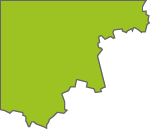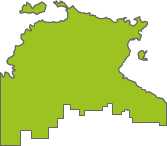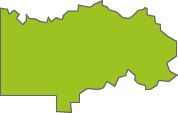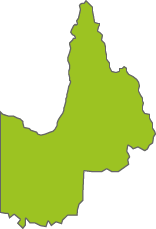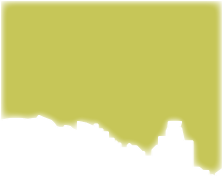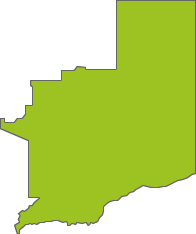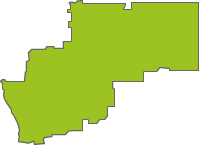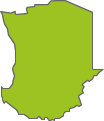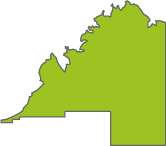Top species richness
Announcements
Hi everyone,We're very pleased to welcome Katarina Christenson to our team as NatureMapr Test Lead.Katarina has been giving Lewis and our group of volunteer mobile app testers a huge hand with testing...
Continue reading
NatureMapr feed to DCCEEW Biodiversity Data Repository now live
NatureMapr Data Management and Privacy Policy update
Events
Photographic Competition Exhibition at the CSIRO Discover CentreTwenty-three framed photographs of the competition winners and finalists will be on display at the CSIRO Discover Centre from 22 May 202...
Continue reading
Discussion
If not, Carbon is right that the image has some features of a female Wallaroo, but there are some EGK features too. Did you get a good look at it? And do you know female Wallaroos well enough so you can reliably just tell me what species it was?
Last, please check the location and revise if necessary. The image shows bush but the map shows it in a courtyard.
Osphranter robustus
Acmosara polyxena
Eucalyptus bridgesiana
Thaxterogaster sp.
Boletus sp.
Significant sightings
- Eucalyptus globulus subsp. bicostata at Kingston, ACT
- Asparagus asparagoides at Greenway, ACT
- Charopidae sp. (family)
- Fletchamia sp. at Walpole-Nornalup National Park
- Fletchamia quinquelineata at Coolatai, NSW
- Onychophora sp. (phylum) at Coolatai, NSW
- Eucalyptus bridgesiana at Kowen, ACT
- Oxypetalum coeruleum at Oakey Hill
- Eucalyptus fastigata at Namadgi National Park
- Percassa rugifrons at Kosciuszko National Park
Latest identifications
Verbascum thapsus subsp. thapsus at Mount Majura
Verbascum thapsus subsp. thapsus at Mount Majura
Tragopogon dubius at Hackett, ACT
Glycine clandestina at Farrer Ridge
Acacia baileyana at Hackett, ACT
Alisterus scapularis at Hackett, ACT
Brachychiton populneus subsp. populneus
Glycine clandestina at Farrer Ridge
Olea europaea subsp. cuspidata
Top contributors
- AlisonMilton 12.4K
- trevorpreston 12.2K
- michaelb 10.2K
- Tapirlord 9.5K
- RodDeb 9.2K
- Mike 8.4K
- KylieWaldon 6.2K
- kasiaaus 6.1K
- jb2602 6K
- MatthewFrawley 5.5K
Top moderators
- MichaelMulvaney 42.7K
- Tapirlord 22.2K
- natureguy 15.1K
- donhe 12.6K
- Liam.m 11.7K
- michaelb 11.6K
- ibaird 10.8K
- KimPullen 7.9K
- MatthewFrawley 5.8K
- AlisonMilton 5.3K
Explore Australia by region
Australian Capital Territory
Canberra & Southern TablelandsNew South Wales
Albury, WodongaCanberra & Southern Tablelands
Central West NSW
Far West New South Wales
Greater Sydney
Hunter Region
New England
New South Wales North Coast
Riverina Murray
South Coast
Southern Highlands
Northern Territory
Central and BarkleyTop End and Big Rivers
















![Unidentified Cap on a stem; gills below cap [mushrooms or mushroom-like] at suppressed by Mike Unidentified Cap on a stem; gills below cap [mushrooms or mushroom-like] at suppressed by Mike](https://api.naturemapr.org/api/sightings/4571498/images/1?width=300&height=300)










![Unidentified Cap on a stem; pores below cap [boletes & stemmed polypores] at suppressed by Mike Unidentified Cap on a stem; pores below cap [boletes & stemmed polypores] at suppressed by Mike](https://api.naturemapr.org/api/sightings/4571487/images/1?width=300&height=300)
![Unidentified Cap on a stem; gills below cap [mushrooms or mushroom-like] at suppressed by Mike Unidentified Cap on a stem; gills below cap [mushrooms or mushroom-like] at suppressed by Mike](https://api.naturemapr.org/api/sightings/4571486/images/1?width=300&height=300)



![Unidentified Cap on a stem; gills below cap [mushrooms or mushroom-like] at suppressed by lbradley Unidentified Cap on a stem; gills below cap [mushrooms or mushroom-like] at suppressed by lbradley](https://api.naturemapr.org/api/sightings/4571482/images/1?width=300&height=300)















































































